Besides training hard, eating right, and the right equipment, you also need to have a good game strategy to play an effective game. You can’t just walk into the court without a plan and think you will nail it.
Even if you have been practicing like a madman when you get into the game thinking you will win just because of that…well, most of the time, you will be very disappointed.
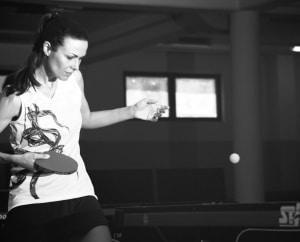
You need to adjust to every opponent; you need to know what to do and when to do it. Since every opponent is different, you need to know how to create a mental memory note for each match. That will help you with your game strategy enormously.
Let’s see a few things you should try to do during a match to create a mental memory note in your head.
Start the match on the safe side, don’t take any risks right away, play what you feel very comfortable with. As the match progresses and using the memory recording you made, you will take more risks and put the element of surprise into the match.
What kind of advance serves to get you the easiest points, which side of the table is the weakest for your opponent, see if you are winning more points in the first three strokes rather than when you get into long rallies or vice versa.
Try to remember how the score is progressing. Are you getting ahead a few points, and then you find yourself trailing back by a few? Is the score always very close? Try to remember the pattern of the sets throughout the match. Were you ahead 8-2 and lost the set? Were you behind 10-6 but won the set?
Try to remember everything to understand the pattern of the match. All this observation throughout the match will help you decide on your game strategy. It will make it easier to decide whether you need to play a short game or play to your opponent’s body all the time, serve to the FH or the BH, etc. It will also make it much easier to apply what you do at practice in your game.
Some more things to keep in mind during a match:
Try to avoid the score being 8-7. When you are at that stage of the set, make whatever you can not to be at 8-7 ever. If the set is going well for you and you have a big lead, you only make sure to clear 8 fast and don’t get stuck there even if you are ahead 8-2. If the game is close, for example, 5-7, you have to aim for 5-9 or 6-8 and then 7-9, etc.
It’s psychological. Try to clear 8 as fast as possible. It applies when you are ahead in the score, of course. But you can use this in reverse when you are behind in the score. If your opponent doesn’t clear 8 fast, then you know that you are still in the game; he is still vulnerable.
-When it’s your turn to serve, and your first serve gets you the point, do the same serve again, always. It only applies when you have two serves in a row. The next time you have the serves, treat it as the new set of serves, so do not start them because your opponent had the issue within the previous set of serves. Hope this is not confusing…
- When you have a problem returning a particular serve, one that you instead your opponent didn’t do…next time he does it, attack it and make sure it clears the net, it doesn’t matter if it goes in or out, just not into the net. Most likely, he will not do it again.
- Never use a serve at the end of a set you haven’t used during the whole set, no matter how good you think it is. The surprise will most likely be on you.
- When you lose a few points in a row, take a time out, use the towel, tie your shoes, walk slowly to pick up the ball. Do whatever you can to interrupt your opponent’s flow.
Serves
The area where many beginning table tennis players need practice is in serve returns. If you have a practice partner, take turns serving repeatedly. Have your partner serve balls at different speeds and with different spins all over the table, and try to get comfortable with what it takes to keep the ball in play.
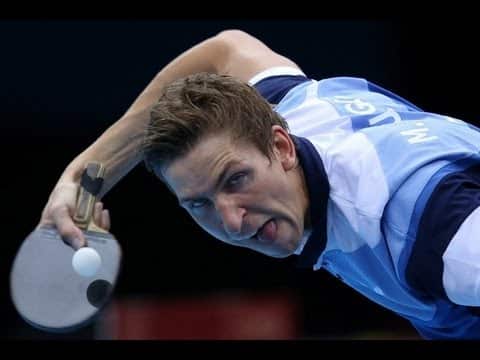
For long serves, learn how to return them with a looping shot, which is the most effective in table tennis. On short serves, perfect your push or flip backspin shots, which are also crucial for any well-rounded ping pong player.
Table Tennis Robots
Table tennis robots are also available for players that don’t always have available partners or teammates. Table tennis robots can serve at varying speeds with varying spins and can place all over the table. If you are serious about ping pong, a table tennis robot that falls in your price range is an excellent investment.
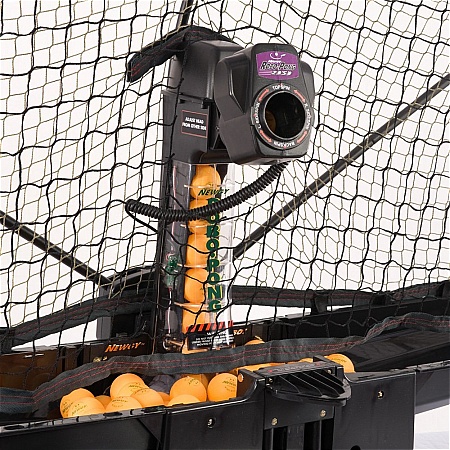
You can put in all the practice hours you want, but none are as valuable as those against skilled players. Play with tougher opponents as often as possible. You may not score many points, but you will be able to identify and work on your weaknesses.
Control the Tempo
Smart players control the tempo of the game not only during play but between points as well. Go with the flow. If things are going well for you, continue at a quick pace. If you happen to be struggling, take your time between serves to catch your breath to restore focus.
Fancy Footwork
You don’t always need a table tennis paddle or even a ping pong table to practice. Incorporate footwork drills into your practice schedule. It will make your feet quicker, which will put you in a position to hit more balanced shots. Better footwork makes a better ping pong player.
The loop shot is the most important in table tennis. Practice it, and then practice it some more. Focus on the three components of the loop shot: backswing, contact, and follow-through. Develop a mental image of the loop shot swing.
Relax your arm, swing forward, and strike the ball as you shift your weight from back to front, turning your shoulders and waist along with your swing. Snap your forearm and wrist as you make contact and follow-through in the direction of your shot. No effective loop shot comes without plenty of practice.
Smarter Defense
Even the best offensive players need to rely on their defensive skills from time to time. When hitting block shots, be sure to hit them as wide as possible, which will force your opponent to move. Not only that, a well-placed block will prevent a kill attempt.
Watch and Learn
You may not enjoy watching ping pong as much as playing it, but observing the pros has its benefits. Don’t just watch the game; keep your eyes on the players’ feet, their stroke motions, and their footwork. It will help your creativity and give you a good model for your technique.
The Game within the Game
Don’t underestimate the importance of mental toughness. Be sure to test your opponent’s mental mettle by giving them a good stare down before each of your serves and between points. You’ll never know if you can get in your opponent’s head unless you try.
Most importantly, don’t let unforced errors get you down. Catch your breath; it will help you regain your focus. Each serve is an opportunity, a new point to be won.
Table Tennis Tips on Practice Schedule
If you want to improve your overall skill in table tennis, firstly you need to have good stamina to have enough energy in playing long hour match.
Here is a practicing schedule for an hour per session that you can follow with the below-mentioned routine to help you. By following the drafted schedule, you can cover everything in an hour.
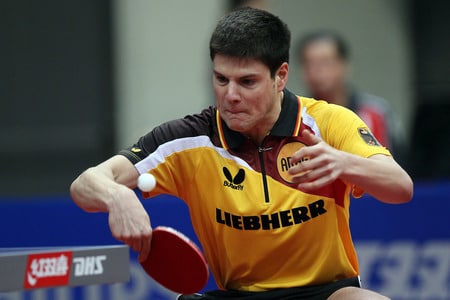
Pre-Session
Warm up by doing some stretching and light exercises for the whole body.
0 Minute
Forehand to Forehand Counterhit – 2.30 minutes
Backhand to Backhand Counterhit – 2.30 minutes
5 Minute
Forehand Loop to Block – 5.00 minutes
Swap roles 5.00 minutes
15 Minute
Backhand Loop to Block – 5.00 minutes
Swap roles – 5.00 minutes
25 Minute
Falkenberg Drill – minutes
Swap roles – 5.00 minutes
35 Minute
Loop to Loop – 5.00 minutes
OR
Smash to Lob – 2.30 minutes
Swap roles – 2.30 minutes
40 Minute
Push to Push – 5.00 minutes
50 Minute
Serve, Return, Open – 5.00 minutes
Swap Roles
1 Hour
Cool down
The most efficient program will be the one that helps you develop certain aspects of your game. For example, if you want to improve your footwork, then make 50% of your practice to be footwork drills. 3 FH all over the table, BH and FH connection, and the Falkenberg drill.
Counter hits and diagonal topspins are very common, and these kinds of rallies won’t happen in a game cause nobody will place a topspin ball to your FH or BH diagonal. After all, it is too easy for you. So you could follow the program above but without the counter hits and the diagonal topspins unless you are still learning the strokes.
Weekly Program Schedule
It would help if you did thousands of repetitions for every drill and learn it correctly. For me, I make an hour program and a weekly program.
For example:
Monday: You do only footwork drills and serve/receive opening points.
Wednesday: Multi-ball looping against backspin from both sides and then some serve to receive as well.
Friday: Short double bounce serve, and the receiver receives with long push -> Open the point with the loop and then play Falkenberg exercise.
Diagonal counter hits and topspins are way too easy and, after a certain point, will not boost your game. You must do drills that are difficult for you and play game point scenarios very often, and focus not on winning the point or the game but on doing your footwork and stroke technique perfectly again and again until you can do it like a robot.
Your technique will be perfect only when you reach a point that you can execute a drill putting 30, 40, 50 balls one after another without any mistakes.
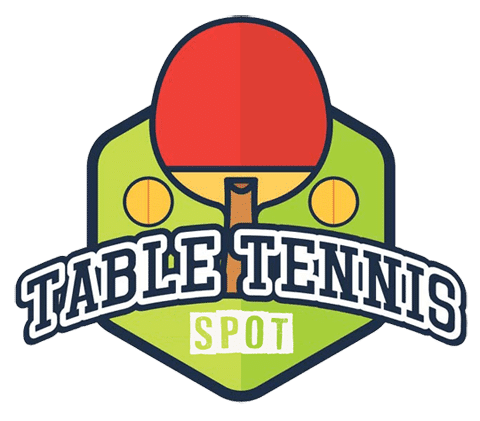
Warren Davies

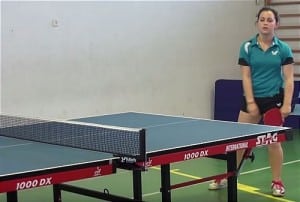
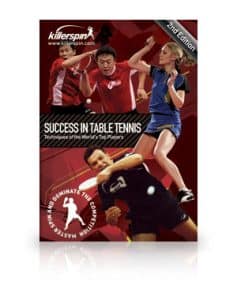
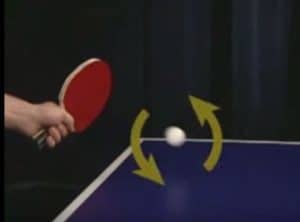
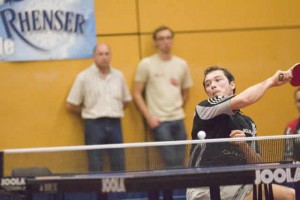
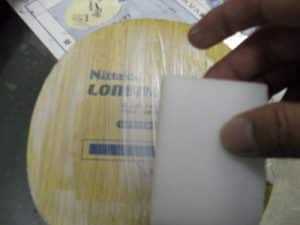
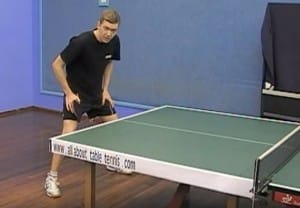
9 thoughts on “Table Tennis Game Strategy To Win The Game”
You say to avoid 8-7 by aiming for 7-5 or 9-7. I understand the 9-7, but I don’t see what you meen with 7-5?
It’s purely phycological. Just think of how you feel when you get to 8 and then how your confident is boosted when you get that point and go to 9. Its a totally different feeling. Plus it’s a good way to remind yourself to be more careful and play wisely around that stage of the game.
Good point about attacking a serve you have trouble with and making sure it clears the net. It certainly makes the server think more carefully about using the serve again.
If you are a good server, you know 2-3 serves with very similar motion. If my first serve, with upper rotation, surprise opponent, which rotation will he expect in the next service? Also, the upper rotation. But you give a strong down. So, you will get 2 points in a row, NOT with the same service again. Do you have some statistical survey or it’s just your opinion ?
Everything I write is my opinion. Most comes from personal experience. You do the same serve because most of the time even if they return it, they wont do it well, so you will get a very easy ball to initiate attack.But of course you can do the same motion different spin too…. but you dont know if he will have the same problem with that one as he had with the one you did before… Every game is different, every player is different, I am just suggesting things you can try.
If you play against experienced players, they know how to return all serves. Therefore, the only way to get a point directly from the serve or to get the ball suitable for direct attack is a surprise (“wrong” reading of rotation). Two times in a row to perform equally surprising, is not credible.
Also, if you are playing an experienced player and he misread your serve..then i would do the same just because i know he has an issue reading it. He might return it the second time, but as he will not be that confident, the return most likely,wont be as perfect.That’s all I am saying.
I agree with Ioanna. Doing the same serve twice can be an effective tactic. Of course it doesn’t work with every opponent, but it is a useful tactic to keep in mind. From my experience, it can be very effective early in a match, but less effective as the match goes on and an opponent becomes more comfortable with my serves. And yes, probably 60-70% of the time, my opponent will return the second serve, but does so with little confidence, so it is easy to attack (as Ioanna says).
see how many times Maze repeated the same serve against Hao Shuai when he saw that he has troubles returning that.
http://www.youtube.com/watch?v=Nxob4rUrqzo